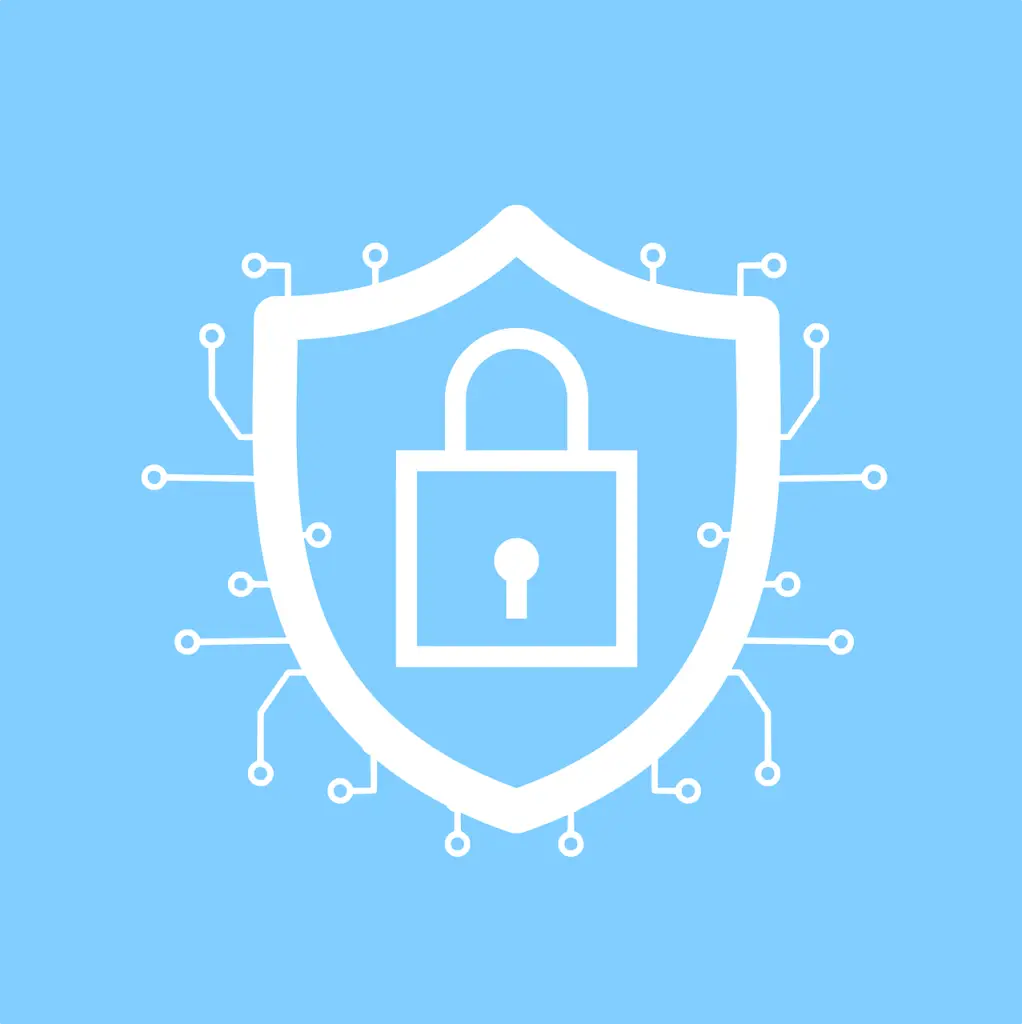Zero Trust security is revolutionizing the cybersecurity landscape by shifting away from traditional perimeter-based models. This approach ensures that every connection attempt is constantly verified before granting access to resources, reinforcing security at every level.
56% of global organizations say adopting Zero Trust is a “Top” or “High” priority.
This strategy provides substantial security benefits, but the transition can present a number of challenges. Encountering these obstacles may undermine a company’s cybersecurity initiatives.
In the following sections, we will discuss these common hurdles and provide helpful insights on how to successfully implement Zero Trust security.
Remembering the Basics: What is Zero Trust Security?
Zero Trust discards the traditional “castle and moat” security model, where anyone inside the network perimeter is automatically trusted. Instead, it operates on the principle that every user and device, even those within the network, could be a potential threat. While this might seem extreme, it enforces a strict “verify first, access later” policy.
The core principles of Zero Trust include:
- Least Privilege: Users are granted access only to the specific resources they need, limiting exposure.
- Continuous Verification: Authentication is not a one-time event but an ongoing process, with constant re-assessment of user and device access rights.
- Micro-Segmentation: The network is divided into smaller sections, minimizing the impact of any potential breach by containing it within a limited area.
Common Zero Trust Adoption Mistakes
Zero Trust isn’t a one-size-fits-all solution that can be purchased and instantly implemented. To ensure a successful adoption, here are some common mistakes to avoid:

Treating Zero Trust as a Product, Not a Strategy
Some vendors may present Zero Trust as a product you can simply purchase—don’t be misled! It’s a comprehensive security framework that demands a cultural shift within your organization.
A Zero Trust strategy involves various approaches and tools, such as multi-factor authentication (MFA) and advanced threat detection and response, to strengthen security across the board.
Focus Only on Technical Controls
While technology is essential to the success of Zero Trust, its effectiveness also relies on the people and processes within your organization. Educate your employees on the new security culture and revise access control policies accordingly. The human factor is a critical component of any cybersecurity strategy.
Overcomplicating the Process
Avoid trying to implement everything all at once, as it can be overwhelming, especially for smaller businesses. Begin with a pilot program targeting the most critical areas, then gradually expand your Zero Trust implementation step by step.
Neglecting User Experience
Zero Trust should not create unnecessary obstacles for legitimate users. Implementing controls like MFA can have negative effects if employees aren’t properly engaged. It’s important to strike a balance between security and user experience. Leverage change management strategies to smooth the transition and ensure adoption.
Skipping the Inventory
You can’t protect what you’re unaware of. Before implementing Zero Trust, make sure to catalog all devices, users, and applications. This will help you identify potential access vulnerabilities and create a clear roadmap for prioritizing your security efforts.
Forgetting Legacy Systems
During your Zero Trust transition, don’t neglect older systems. Ensure they are integrated into your security framework or develop secure migration plans. Overlooking legacy systems can create vulnerabilities that may lead to data breaches affecting your entire network.
Ignoring Third-Party Access
Third-party vendors can pose a security risk if not properly managed. Establish clear access controls and regularly monitor their activities within your network. Implement time-limited access where necessary to minimize potential vulnerabilities.
Remember, Zero Trust is a Journey
Building a strong Zero Trust framework requires patience and dedication. Here’s how to stay focused:
- Set Realistic Goals: Understand that success won’t happen instantly. Break down the process into manageable milestones and acknowledge your progress along the way.
- Embrace Continuous Monitoring: As security threats are always changing, keep a close eye on your Zero Trust system and be ready to adapt your tactics when necessary.
- Invest in Employee Training: Involve your employees as essential players in the Zero Trust process. Regular security training ensures they understand their role in maintaining a secure environment.
The Rewards of a Secure Future
By steering clear of common pitfalls and adopting a strategic approach, your business can unlock the powerful benefits of Zero Trust security. Here’s what you can expect:
- Stronger Data Protection: Zero Trust reduces the impact of potential breaches by restricting access to sensitive information.
- Better User Experience: Simplified access controls ensure an easier experience for authorized users while maintaining strong security.
- Enhanced Compliance: Zero Trust helps meet various industry regulations and compliance standards with ease.
Ready to begin your Zero Trust security journey? Arm yourself with knowledge, plan your strategy, and avoid these common mistakes to fully realize its advantages.ransform your security posture as well as build a more resilient business in the face of evolving cyber threats.
Schedule a Zero Trust Cybersecurity Assessment
Zero Trust is rapidly emerging as a global standard for security. Our team of cybersecurity professionals is here to help you implement it effectively. The journey to full deployment is ongoing, but with our support, you can create a stronger, more secure future.
Reach out today to schedule your cybersecurity assessment and take the first step toward enhanced protection.
